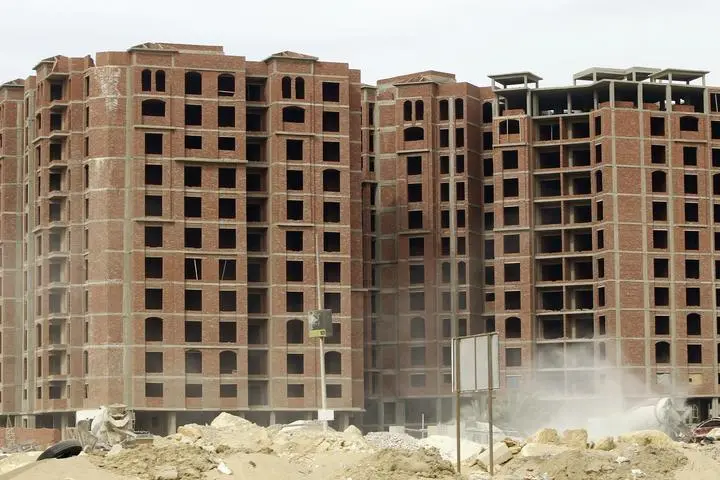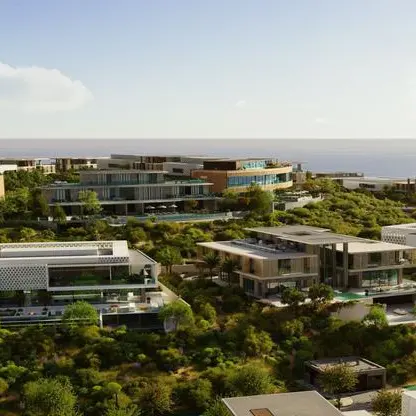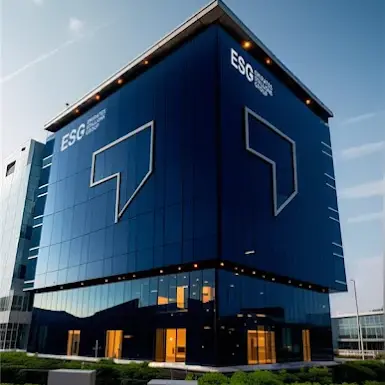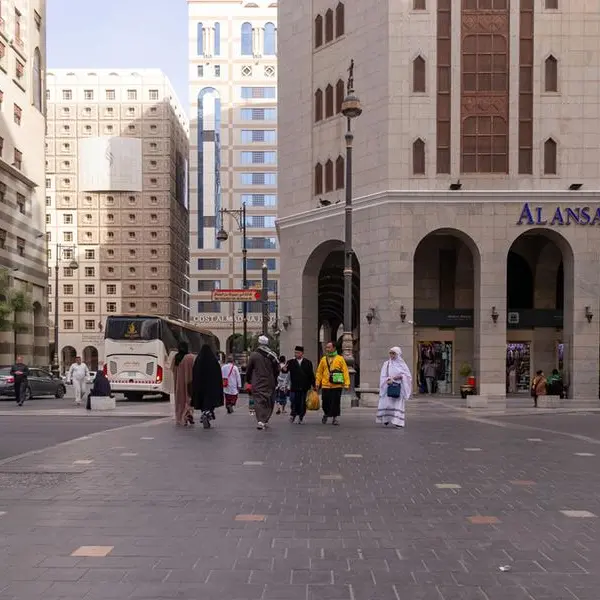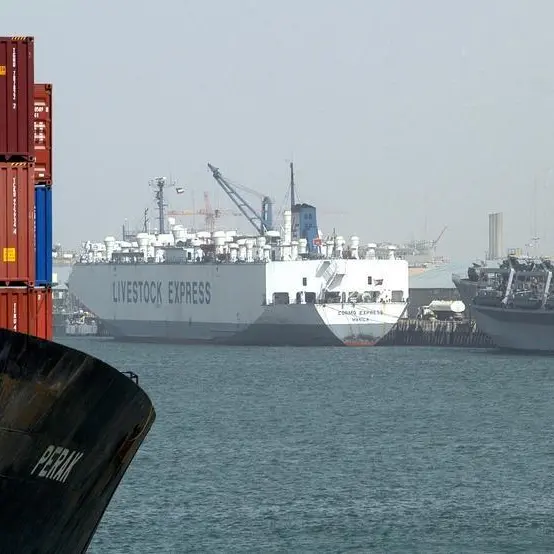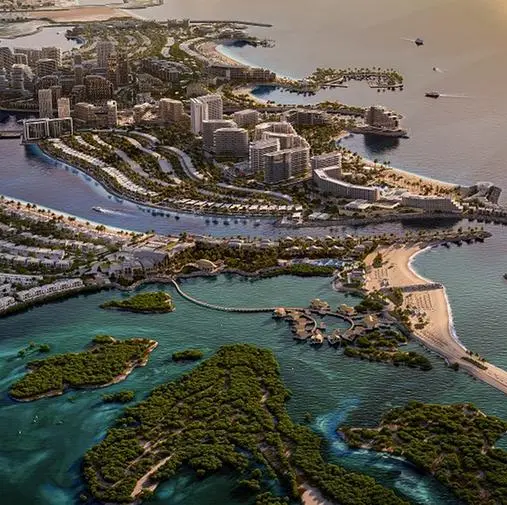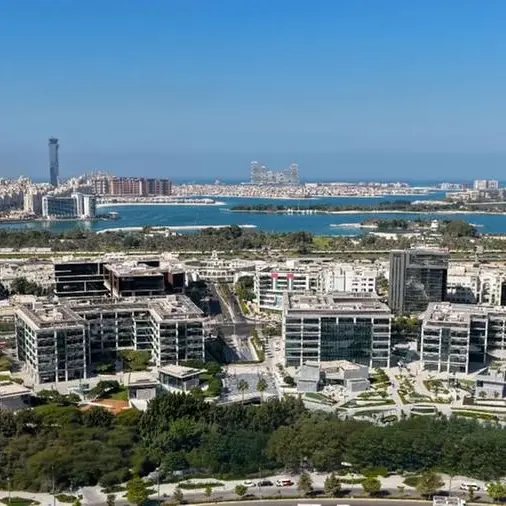PHOTO
The Middle East construction industry is increasingly focusing on reducing carbon emissions to align with local Net Zero goals and meet the demands of shareholders and international investors. However, the industry faces regulatory gaps that could hinder progress.
The region lacks regulations addressing embodied carbon and energy-efficient operations in commercial buildings, according to Christopher Seymour, RICS MEA Chair.
In an exclusive interview with Zawya Projects, Seymour, who is also the Head of Strategy and Investment MEASA at Mott MacDonald, elaborated on strategies and toolkits to reduce embodied and operational carbon and evaluated the transformative impact of digitisation.
Instead of a trade-off between embodied carbon and operational carbon, Seymour advocated a holistic "whole-of-asset" and "whole-of-life" approach when considering emission reduction solutions.
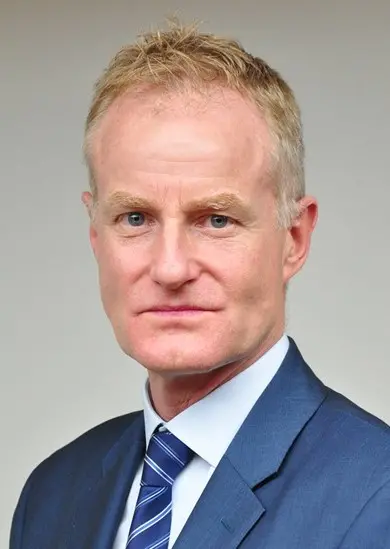

Excerpts from the interview:
How is the Middle East construction industry placed in terms of regulations related to emission reduction?
As far as I know, no country in the Middle East has put regulations to address embodied carbon other than a few voluntary schemes covering it. This is despite the fact that the importance of embodied carbon has increased with the decarbonisation of the broader economy and the energy grid compared to operational carbon.
Similarly, addressing operational carbon through efficient building operations practically requires the implementation of mandatory requirements or economic incentives for companies operating commercial buildings to reduce their annual energy consumption. However, given the region's heavy reliance on air-conditioning and the relatively low cost of energy in certain countries, this issue remains largely unaddressed.
For addressing operational carbon via building codes, most countries in the Middle East have codes that regulate energy demand in some form or another. However, such codes are either absent, like in Iraq or only voluntary, like in Lebanon, and or under development, as is the case in Oman.
It's important to note that the growing significance of embodied carbon relative to operational carbon is not a zero-sum game. Instead, it calls for a comprehensive 'whole-of-asset' and 'whole-of-life' approach when considering solutions for emission reduction.
What are the available technologies in the construction industry for carbon abatement, and how do they fare in terms of return on investment?
Among the emerging technologies, the concept of digital twins is the most promising. It can assist project teams in selecting materials, building components, and systems through what-if simulations.
The pathways to decarbonisation require large amounts of data, efficient information management processes, and interconnected decision-making tools. The construction sector can utilise digital twins to fulfil these needs and implement the measures outlined in the IPCC (Intergovernmental Panel on Climate Change) report.
The current toolkit includes BIM (Business Information Modelling), CDE (Common Data Environment), and information management processes. These are all essential tools for decarbonisation, capable of driving workflows and practices toward achieving decarbonisation targets.
However, while emphasising the existing toolkit is crucial, it's equally essential to meaningfully explore artificial intelligence (AI) and Machine Learning (ML) technologies.
In its sixth assessment report, the IPCC warned about the insufficient pace and scale of climate action to address climate change. It highlighted the built environment sector and outlined a path for achieving deep emissions reduction and climate resilience.
Responding to this call to action requires changes in regulations and policies, using low-carbon materials, establishing national databases and benchmarks, and investing in training and capacity building. The RICS Carbon Toolkit addresses these crucial components.
What is the cost of adopting emission reduction technologies and practices in the construction industry, and how can construction companies leverage sustainability for value creation?
The cost of decarbonisation is a workflow that needs to be addressed so options can be compared and capital expenditure and operational expenditure decisions can be made.
The International Cost Management Standard (ICMS) third edition provides an integrated taxonomy for classifying, defining, measuring, recording, analysing, presenting, and comparing entire life cycle costs and carbon emissions associated with constructed assets at a regional, national, or international level.
ICMS-based solutions support sustainable investment strategies by bringing much-needed transparency and cross-border comparability of embodied and operational carbon across the life cycle of construction projects. ICMS benefits all construction stakeholders who wish to reduce carbon for compliance, market, and societal reasons and drive innovation in alternative designs and solutions.
How receptive is the construction industry to technologies for carbon emission reduction, considering its historical reluctance to embrace digitisation?
The Middle East is witnessing a remarkable shift towards digitalisation, with firms embracing innovative tools and processes to enhance efficiency, productivity, and sustainability.
There is a significant focus on emission reduction in the manufacturing process of crucial materials such as cement and steel, which collectively contribute to more than 18 percent of man-made greenhouse gas emissions and are used in almost every construction project.
Construction companies are becoming highly active in this endeavour for several compelling reasons. Not only must they align with local Net Zero plans, but they also face mounting pressure from their shareholders, who are increasingly concerned about ensuring that their investments align with planet-friendly commitments.
Finally, project finance is a driving force behind sustainable practices as this will be a requirement to secure the necessary funding, particularly from international investors.
Highlighting this shift, the RICS 'Digitalisation in Construction 2023' report emphasises how digitisation plays a pivotal role in carbon footprint calculations. Sixty-seven percent of respondents from the Middle East believe that processes and practices driven by digitalisation have already improved or are likely to enhance carbon footprint calculation, benchmarking, and reporting.
(Reporting by Syed Ameen Kader; Editing by Anoop Menon)
Subscribe to our Projects' PULSE newsletter that brings you trustworthy news, updates and insights on project activities, developments, and partnerships across sectors in the Middle East and Africa.
